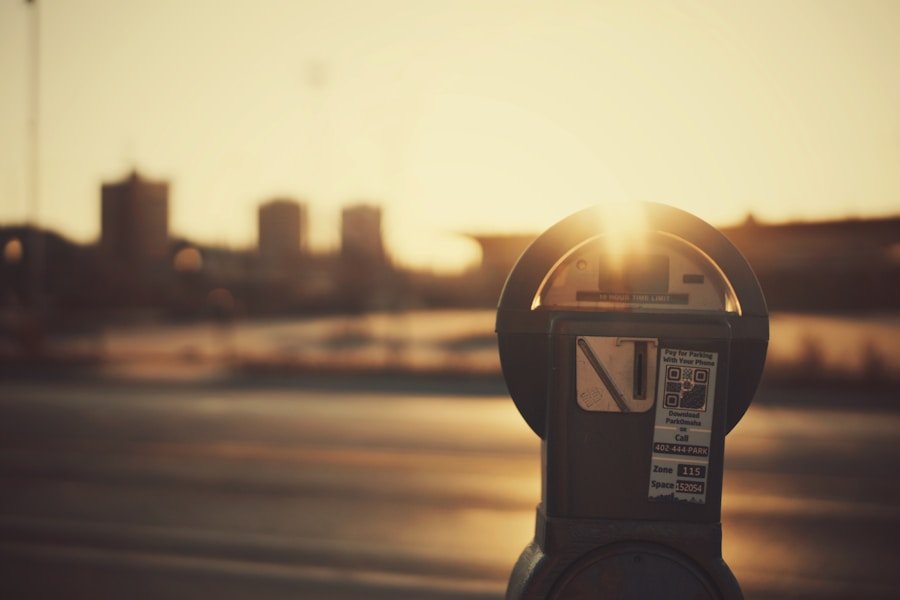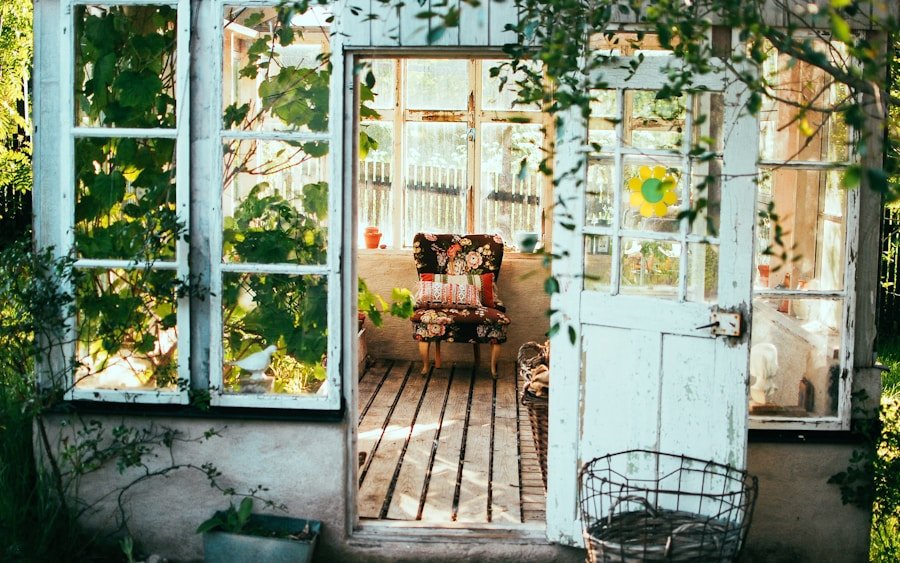Low-light indoor plants have distinct water requirements that diverge from those of plants receiving ample sunlight. It is essential to comprehend these needs to ensure the health and well-being of your low-light plants. Since they undergo less photosynthesis and transpiration, these plants typically require less water than their sun-loving counterparts, as they do not need as much water to support their growth and development.
Furthermore, low-light plants are more prone to root rot, a condition caused by overwatering, making it crucial to be aware of their water requirements. When evaluating the water needs of low-light indoor plants, it is vital to consider the specific species of plant being cared for. Certain low-light plants, such as snake plants and ZZ plants, have adapted to thrive in low-light conditions and require even less water than other low-light plants.
In contrast, some low-light plants, like peace lilies and ferns, may require slightly more water due to their natural habitat being in moist, shaded areas. Understanding the specific needs of your low-light plants will enable you to determine the appropriate watering frequency for each individual plant.
Key Takeaways
- Low-light indoor plants generally require less frequent watering compared to plants in brighter conditions
- Factors such as plant type, pot size, and humidity levels should be considered when determining watering frequency for low-light plants
- Signs of overwatering in low-light indoor plants include yellowing leaves, wilting, and moldy soil, while signs of underwatering include dry, crispy leaves and drooping
- Best practices for watering low-light indoor plants include using a moisture meter, watering from the bottom, and allowing the soil to dry out slightly between waterings
- Different types of low-light plants may have varying water needs, so it’s important to adjust watering frequency accordingly and monitor the moisture levels regularly
Factors to consider when determining watering frequency for low-light plants
Plant and Pot Size Matter
The type of plant and the size of the pot are crucial in determining how often your low-light plants should be watered. For instance, plants in smaller pots tend to dry out faster than those in larger pots, which means they may need more frequent watering.
Soil Type and Its Impact
The type of soil used also plays a significant role in how quickly it dries out. Well-draining soil allows for more frequent watering, while dense soil requires less frequent watering.
Environmental Conditions
Environmental conditions such as temperature and humidity also influence watering frequency. In warmer, drier environments, plants may need to be watered more often to prevent drying out. On the other hand, in cooler, more humid environments, plants may require less frequent watering. By taking these factors into account, you can ensure that your low-light indoor plants receive the right amount of moisture to thrive.
Signs of overwatering and underwatering in low-light indoor plants
Overwatering and underwatering are common issues that can arise when caring for low-light indoor plants. Both of these conditions can have detrimental effects on the health of your plants, so it is important to be able to recognize the signs of each. Overwatering can lead to root rot, a condition in which the roots of the plant become waterlogged and begin to decay.
Signs of overwatering include yellowing or browning leaves, wilting, and a foul odor coming from the soil. On the other hand, underwatering can cause the leaves of the plant to become dry and crispy, and the plant may begin to wilt or droop. It is important to monitor your low-light indoor plants regularly for signs of overwatering or underwatering and adjust your watering frequency accordingly.
One way to check if your plant needs water is to stick your finger into the soil up to the first knuckle. If the soil feels dry at this depth, it is likely time to water your plant. However, if the soil feels moist, it is best to wait a few more days before watering again.
By paying attention to these signs and adjusting your watering habits accordingly, you can help prevent overwatering and underwatering in your low-light indoor plants.
Best practices for watering low-light indoor plants
| Plant Type | Watering Frequency |
|---|---|
| Snake Plant | Every 2-6 weeks |
| Peace Lily | Every 1-2 weeks |
| ZZ Plant | Every 3-4 weeks |
| Spider Plant | Every 1-2 weeks |
When it comes to watering low-light indoor plants, there are several best practices that can help ensure the health and vitality of your plants. One important practice is to water your plants thoroughly but infrequently. This means allowing the soil to dry out slightly between waterings to prevent overwatering and root rot.
Additionally, it is important to water your plants at the base rather than from above, as this can help prevent moisture from accumulating on the leaves and causing fungal issues. Another best practice for watering low-light indoor plants is to use room-temperature water rather than cold water from the tap. Cold water can shock the roots of your plants and inhibit their ability to absorb moisture, so it is best to allow your water to come to room temperature before using it on your plants.
Additionally, it is important to ensure that your pots have proper drainage to prevent water from accumulating at the bottom and causing root rot. By following these best practices, you can help ensure that your low-light indoor plants receive the appropriate amount of moisture for their needs.
Adjusting watering frequency for different types of low-light plants
Different types of low-light indoor plants may have varying water needs, so it is important to adjust your watering frequency based on the specific species of plant you are caring for. For example, succulent low-light plants such as snake plants and ZZ plants require very little water and should be allowed to dry out completely between waterings. On the other hand, tropical low-light plants like peace lilies and ferns may require slightly more frequent watering due to their natural habitat being in moist, shaded areas.
It is important to research the specific water needs of each type of low-light plant you are caring for and adjust your watering habits accordingly. Some plants may benefit from being misted with water occasionally to increase humidity levels, while others may prefer to be watered from below rather than from above. By taking into account the specific needs of each type of low-light plant you are caring for, you can help ensure that they receive the appropriate amount of moisture for their individual requirements.
Tips for maintaining proper moisture levels in low-light indoor plants
Monitor Soil Moisture with a Meter
Using a moisture meter is an excellent way to monitor the moisture content of the soil. This handy tool helps you determine when your plants need water, preventing overwatering or underwatering.
Ensure Proper Drainage
It’s essential to ensure that your pots have proper drainage to prevent water from accumulating at the bottom and causing root rot. This simple step can make a significant difference in the health of your plants.
Boost Humidity with Grouping and Misting
Low-light plants often thrive in higher humidity environments. Grouping them together can help create a more favorable growing environment by increasing humidity levels. Additionally, misting your plants with water occasionally can help increase humidity and prevent them from drying out. By following these tips, you can promote the overall health and vitality of your low-light indoor plants.
Common mistakes to avoid when watering low-light indoor plants
There are several common mistakes that should be avoided when watering low-light indoor plants in order to ensure their health and well-being. One common mistake is overwatering, which can lead to root rot and other issues that can be detrimental to the health of your plants. It is important to allow the soil to dry out slightly between waterings and avoid watering your plants too frequently.
Another common mistake is using cold water from the tap on your plants, which can shock their roots and inhibit their ability to absorb moisture. It is best to allow your water to come to room temperature before using it on your plants in order to prevent this issue. Additionally, it is important to avoid watering your plants from above, as this can cause moisture to accumulate on the leaves and lead to fungal issues.
By being mindful of these common mistakes and adjusting your watering habits accordingly, you can help ensure the health and vitality of your low-light indoor plants. It is important to monitor your plants regularly for signs of overwatering or underwatering and adjust your watering frequency based on their specific needs. By following best practices and avoiding common mistakes, you can help ensure that your low-light indoor plants receive the appropriate amount of moisture for their individual requirements.
In conclusion, understanding the water needs of low-light indoor plants is crucial for their health and well-being. By taking into account factors such as the type of plant, pot size, soil type, and environmental conditions, you can determine the appropriate watering frequency for each individual plant. It is important to monitor your plants regularly for signs of overwatering or underwatering and adjust your watering habits accordingly.
By following best practices and avoiding common mistakes, you can help ensure that your low-light indoor plants receive the appropriate amount of moisture for their individual requirements. With proper care and attention, your low-light indoor plants can thrive and bring beauty and greenery into your home for years to come.
FAQs
How often should I water my low-light indoor plants?
Low-light indoor plants generally require less frequent watering compared to plants that receive more light. It’s important to let the soil dry out slightly between waterings to prevent overwatering, which can lead to root rot.
How can I tell if my low-light indoor plants need water?
You can check if your low-light indoor plants need water by sticking your finger into the soil. If the top inch of the soil feels dry to the touch, it’s time to water your plants. You can also use a moisture meter to accurately gauge the moisture level of the soil.
What is the best way to water low-light indoor plants?
When watering low-light indoor plants, it’s best to water them thoroughly until water starts to drain out of the bottom of the pot. This ensures that the entire root system is adequately hydrated. Be sure to empty any excess water from the saucer to prevent waterlogging.
Are there any specific watering tips for low-light indoor plants?
It’s important to avoid overwatering low-light indoor plants, as they are more susceptible to root rot in low light conditions. Additionally, using room temperature water and avoiding watering the foliage can help prevent issues such as mold and mildew.
What are some signs of overwatering low-light indoor plants?
Signs of overwatering in low-light indoor plants include yellowing or wilting leaves, mushy or blackened stems, and a musty odor coming from the soil. If you notice these signs, it’s important to adjust your watering routine to prevent further damage to the plants.


